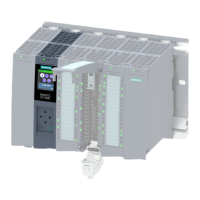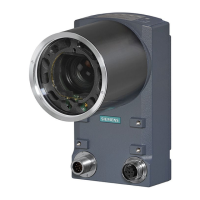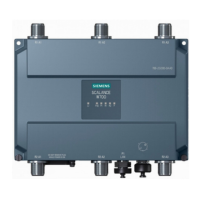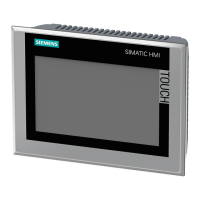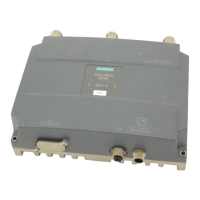S7-GRAPH for S7-300/400 Programming Sequential Control Systems
C79000-G7076-C526-01
14-1
14 Notes on Configuration
Introduction
To automate your sequential control system with S7-Graph, in addition to the
functions for the automatic mode, a range of further functions is also available.
Before you can use the S7-Graph functions, you must make sure that certain
conditions are met. To make it easier for you to get used to S7-Graph, the most
important points are summarized in this chapter in the form of brief configuration
instructions.
The following aspects are dealt with:
• Which general structures exist and how do these affect the program structure of
the sequencer?
• What is important when programming and using sequencers?
• How are operator interface systems connected?
14.1 General Level Structure and Program Structure
When using S7-Graph, remember that the sequencer is designed primarily to
configure process sequences simply. Apart from these sequences with which, for
example, the parts of a manufacturing unit can be coordinated, additional higher-
level functions (cell level) and lower-level functions (function or unit level) are also
required.
Level Structure Based on the Example of a Manufacturing Cell
The sequencer programmed with S7-Graph belongs to the coordination level, but
must take into account the interdependencies from the cell level and the unit level.

